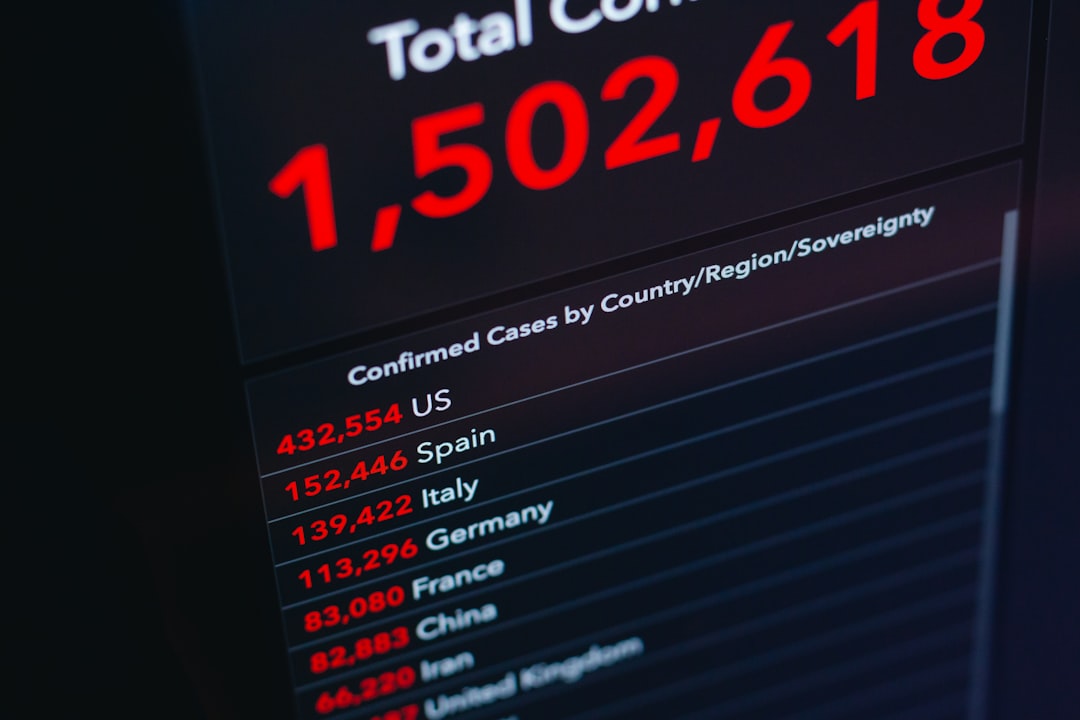In the modern data-driven ecosystem of 2025, the importance of maintaining accurate, clean, and reliable data has never been greater. As organizations increasingly depend on data to steer decision-making, predictive analytics, and customer engagement, ensuring high data quality is paramount. A Data Quality Audit, often referred to simply as a data audit, serves as the foundation for this assurance process. This article provides a detailed guide to understanding, planning, and executing a data quality audit in today’s advanced digital landscape.
What is a Data Quality Audit?
A Data Quality Audit is a systematic evaluation of data within an organization to assess its accuracy, completeness, consistency, validity, and timeliness. The goal is to identify and correct flaws that diminish the value and reliability of data assets. This process not only ensures compliance with industry standards and regulations but also helps avoid costly errors in analysis and reporting.

Why Conduct a Data Audit in 2025?
With the rise of AI, IoT, and big data technologies, companies are collecting vast amounts of information at unprecedented speeds. However, this explosion of data often leads to challenges such as:
- Duplicate or outdated entries
- Inconsistent formatting and structure
- Incomplete datasets
- Data silos that hinder accessibility
Performing regular data audits allows organizations to address these challenges proactively. It boosts stakeholder trust, ensures compliance, and improves the performance of data-driven applications like machine learning models.
Steps to Conduct a Data Quality Audit
- Identify Audit Objectives: Define clear goals—whether it’s improving customer database accuracy or preparing for a regulatory review.
- Catalogue Data Sources: Create an inventory of all data sources, including CRM systems, ERP platforms, cloud storage, and spreadsheets.
- Set Data Quality Metrics: Establish criteria such as accuracy, completeness, uniqueness, consistency, and timeliness to evaluate datasets.
- Profile the Data: Use tools to scan datasets for anomalies, redundancies, and formatting issues.
- Perform Gap Analysis: Compare current data states with desired standards to identify shortcomings.
- Clean and Standardize: Correct errors, standardize formats, and remove duplicate records.
- Monitor and Re-Audit: Implement ongoing monitoring strategies and schedule periodic re-audits to maintain data integrity.

Tools & Technologies Powering Audits in 2025
The tools used to conduct data quality audits have evolved significantly. In 2025, many organizations are leveraging AI-powered platforms equipped with real-time analytics, natural language processing, and automated data profiling capabilities. Popular tools include:
- Informatica Data Quality
- Talend Data Preparation
- Ataccama ONE
- Microsoft Azure Purview
- Google Cloud Dataprep
These tools offer scalable solutions that can handle both structured and unstructured data across various environments, including hybrid cloud architectures.
Challenges to Watch Out For
Despite advancements, data audits present their own set of challenges. Chief among them are:
- Organizational Resistance: Employees may lack understanding or resist changes prompted by audit findings.
- Data Volume: The sheer size of datasets complicates manual quality checks.
- Ownership Issues: Ambiguities in data ownership can stall remediation efforts.
- Tool Integration: Incorporating audit tools into legacy systems can be technically complex.
Best Practices for Effective Data Audits
To ensure a successful audit, organizations should adopt the following best practices:
- Engage with stakeholders early to define audit goals
- Use automated tools where possible for scalability
- Provide training and incentives for data stewardship
- Document all processes and changes during the audit
- Establish a culture of continuous improvement
Conclusion
Data quality audits are more than just scrutiny exercises—they’re strategic investments in an organization’s future. In 2025, as the stakes rise with every digital transaction and AI prediction, ensuring accurate data will remain a top priority. By adopting a comprehensive audit approach, businesses can turn their raw data into trusted assets that drive measurable value and success.
Frequently Asked Questions (FAQ)
- 1. How often should data audits be conducted?
- Most organizations benefit from performing data audits annually or semi-annually, depending on data volatility and regulatory requirements.
- 2. Who is responsible for conducting a data quality audit?
- Typically, a data governance team, IT department, or external consultants carry out the audit, often in collaboration with business stakeholders.
- 3. What are common data quality metrics?
- The most common metrics include accuracy, completeness, consistency, uniqueness, and timeliness.
- 4. Can small businesses perform data audits?
- Yes, small businesses can conduct audits by using cloud-based or open-source tools, tailored to the size and complexity of their data.
- 5. What is the difference between data quality and data integrity?
- Data quality focuses on the usability of data, while data integrity pertains to maintaining and assuring data consistency and trustworthiness over its lifecycle.


































